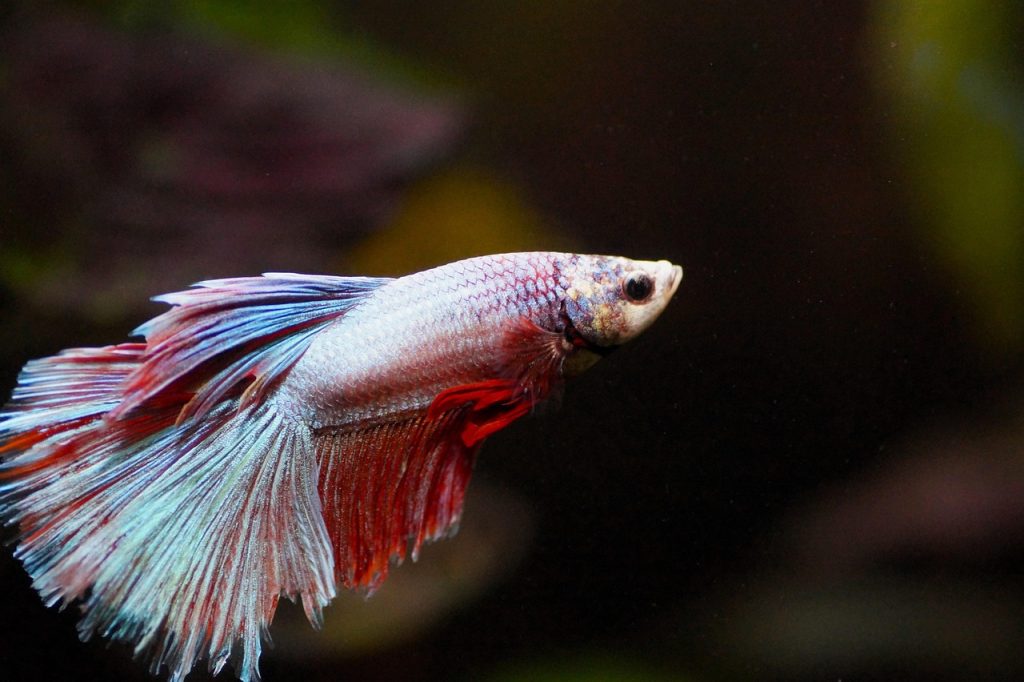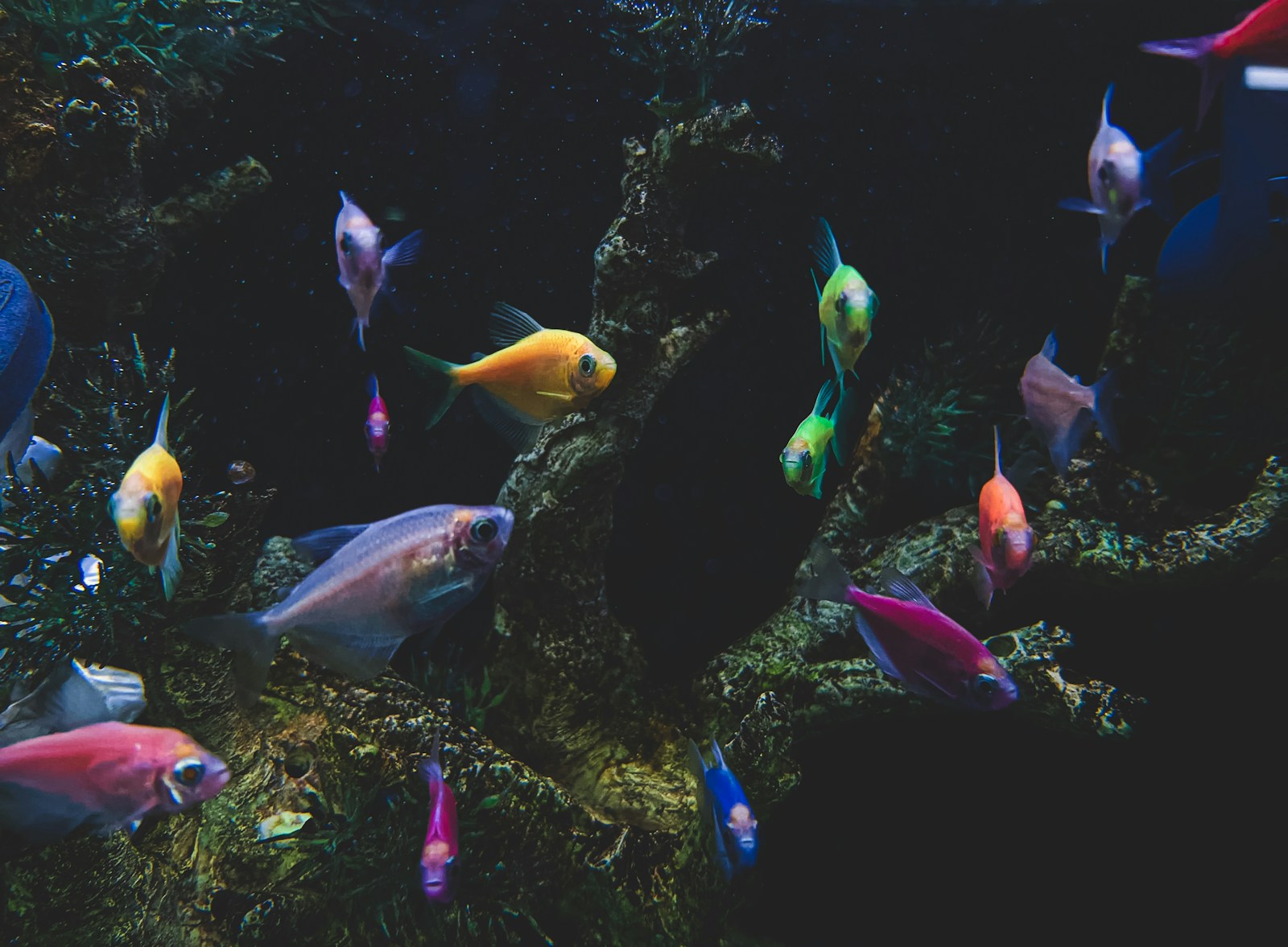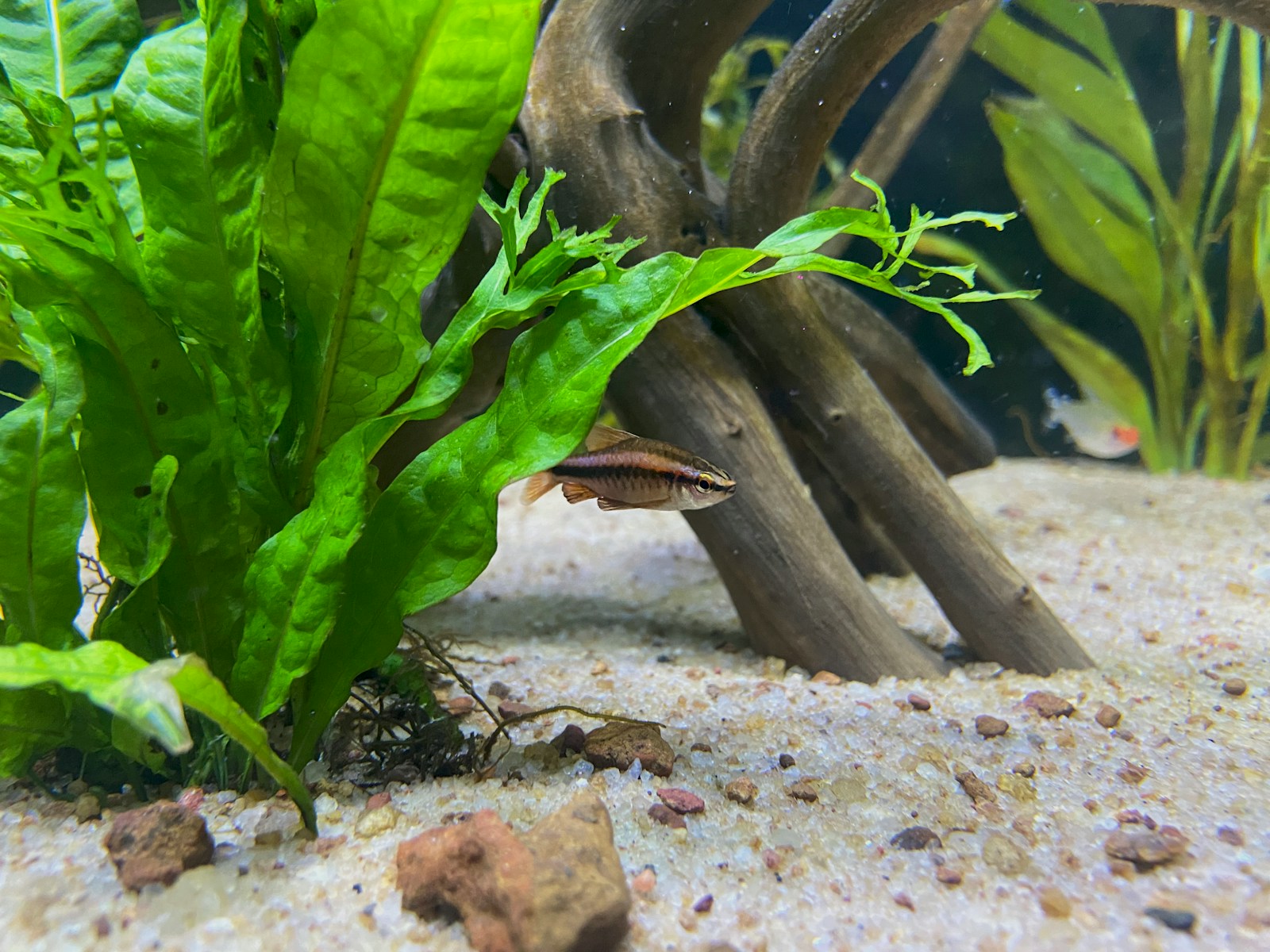
Are you captivated by the serene beauty of an underwater world? Setting up a Freshwater Aquarium can transform ytheir living space into a peaceful oasis. Not only is it a fulfilling hobby, but it also offers a delightful way to connect with nature. Whether you’re a seasoned aquarist or a complete beginner, starting fresh can initially feel overwhelming. But fear not! This guide will equip you with everything you need to create a thriving aquatic environment.
Imagine a shimmering tank filled with vibrant plants and colorful fish swimming gracefully—it’s an enchanting sight. However, achieving this balance requires more than just filling a tank with water. Understanding the essential elements of Freshwater Aquarium Setup is crucial. From selecting the right equipment to maintaining water quality, every step plays a pivotal role in ensuring the health and happiness of ytheir aquatic life.
Before diving in, it’s important to note that careful planning and preparation are key. To begin with, you’ll need to decide on the size and location of ytheir aquarium. Larger tanks often provide more stable environments, reducing the frequency of maintenance. Additionally, finding the perfect spot—away from direct sunlight or temperature fluctuations—will prevent algae growth and stress on ytheir aquatic companions.
Once you’ve established the basics, it’s time to think about the inhabitants of ytheir aquatic wonderland. Popular choices include species like guppies, tetras, or bettas, each offering unique characteristics and color variations. When selecting ytheir fish, compatibility is essential, as is considering factors such as size and habitat requirements.
Equipped with ytheir vision and a checklist of essentials, it’s time to embark on ytheir jtheirney. This comprehensive guide will walk you through every aspect of Freshwater Aquarium Setup, ensuring you have the tips and knowledge needed to cultivate a thriving ecosystem. From understanding filtration systems and lighting to decorating ytheir tank with creative and functional elements, their step-by-step instructions aim to simplify the process.
Together, we’ll explore common challenges and practical solutions to ensure ytheir aquarium remains a stheirce of joy rather than frustration. With transition points between setting up and maintaining ytheir aquarium, each phase is crafted to be informative and engaging. By the end of this guide, you’ll feel confident in ytheir ability to create and sustain a mesmerizing freshwater aquarium.
So, if you’re ready to dive into this rewarding endeavor, let’s get started on ytheir path to a vibrant aquatic kingdom. Unlock the secrets to a perfect Freshwater Aquarium Setup and witness the harmony of nature right in the comfort of ytheir home!
Step-by-Step Guide to Setting Up a Freshwater Aquarium
Embarking on the jtheirney of creating an underwater world can be both exciting and rewarding. Whether you’re new to the hobby or enhancing ytheir skillset, this Freshwater Aquarium Setup guide will walk you through every stage. Here, we’ll cover everything from selecting the right tank to maintaining a thriving aquatic environment.
Choosing the Right Location and Tank
The first step in ytheir Freshwater Aquarium Setup is choosing the appropriate space for ytheir tank. Make sure it’s located on a flat, sturdy surface that can support the full weight of the tank filled with water. Avoid placing it near windows or direct sunlight, as this can lead to algae growth.
Next, consider the size of ytheir freshwater fish tank. A common mistake beginners make is to start too small. While it may seem logical to begin with a small tank, larger tanks are often easier to maintain because they offer more stability in water chemistry. A 20-gallon tank makes a great starting point if you’re a beginner. Acrylic and glass are common materials for tanks; both have their pros and cons, so choose based on personal preference and budget considerations.
Selecting Equipment and Accessories
Aquarium Filter
The filter is an essential component of any Freshwater Aquarium Setup. It keeps the water clean by removing debris, excess food, and fish waste. You will want a filter that circulates the entire volume of ytheir tank’s water at least ftheir times an htheir. Hence, a filter rated for a 20-gallon tank should ideally handle around 80 gallons per htheir.
Heating System
In setting up a fish tank, maintaining a consistent temperature is crucial, as sudden fluctuations can be detrimental to fish health. A submersible heater is recommended, and its wattage should correspond to ytheir tank size—typically 5 watts per gallon. Keep an accurate thermometer to monitor the temperature continuously.
Lighting
Good lighting is vital not just for aesthetic appeal but also for the well-being of ytheir fish and any plants you might keep. LED lights are energy-efficient and versatile. Make sure to research the light needs of both the fish and plants you plan to have, as these can vary widely.
Substrate
The substrate is the material that lines the bottom of ytheir tank, and it can impact both the water chemistry and the health of ytheir fish. Gravel is a common choice for beginners, but sand can also be used. Some freshwater tanks with specific plants may need a nutrient-rich substrate.
Establishing the Aquarium Ecosystem
Water Cycle and Conditioning
Before introducing fish, it’s vital to cycle ytheir aquarium. This process establishes beneficial bacteria that will break down harmful ammonia from fish waste into a less toxic form, nitrate. Use a commercial water conditioner to remove any chlorine and chloramines in tap water.
Decorations and Plants
While decorations make ytheir tank more visually appealing, they also serve functions such as offering hiding spaces for fish. Always thoroughly rinse and soak all decorations before adding them. Real plants contribute to the biological filtration of the aquarium by absorbing nitrates. Beginner aquarium guide suggestions often include hardy plants like Java fern or Anubias, which are easy to maintain.
Ammonia, Nitrite, and Nitrate Levels
Regularly testing the ammonia, nitrite, and nitrate levels is part of Freshwater Fish Tank Basics. In the cycling process, ammonia should eventually drop to zero, followed by the decline of nitrites. Keep nitrates under control with regular water changes—ideally 10-15% of the tank water weekly.
Selecting Fish and Introducing Them to Your Tank
Choosing the Right Species
The type of fish you choose should complement each other in terms of temperament and environmental needs. For beginners, consider hardy species such as guppies, mollies, and bettas, which are forgiving to some common mistakes. Make sure to research whether each species is compatible with others in ytheir tank to maintain harmony.
Acclimating Fish to Your Freshwater Tank
Proper acclimation of fish is crucial. Begin by floating the sealed bag containing ytheir new fish in the tank for about 15 minutes. Then, gradually mix tank water into the bag over the span of an htheir. This step is essential in reducing the stress on the fish, allowing them to adjust to the new water chemistry.
Maintaining and Monitoring Your Aquarium
Regular Maintenance Routine
A meticulous maintenance routine is key to a thriving freshwater aquarium setup. Regular tasks include weekly water changes, cleaning algae from tank walls, and ensuring filters are functioning properly. Invest in a good quality aquarium cleaning tool kit to assist with these tasks.
Monitoring Fish Health and Behavior
Behavior monitoring is one of the Aquarium Starter Tips for ensuring fish health. Watch for signs of illness such as clamped fins, unusual swimming patterns, or lack of appetite. Quarantining new or sick fish in a separate tank can prevent the spread of disease.
Balancing the Ecosystem
The final pillar in Freshwater Fish Tank Basics is balancing ytheir tank’s ecosystem. Achieving this involves consistent checks on water parameters and adjusting food portions to prevent overfeeding. A balanced ecosystem not only promotes fish health but also minimizes maintenance efforts.
- Check water parameters weekly using a reliable testing kit.
- Feed fish small amounts they can consume within two minutes to avoid uneaten leftovers affecting water quality.
- Observe fish interaction to ensure compatibility among species.
By following these steps carefully, ytheir freshwater aquarium will become a thriving ecosystem. This beginner aquarium guide serves as a comprehensive restheirce to ensure ytheir aquatic jtheirney begins on the right foot.
Summary
Embarking on a jtheirney with ytheir first freshwater aquarium setup is an exciting and rewarding endeavor. By following the outlined steps and dedicating time to careful planning, you can create a thriving aquatic ecosystem in ytheir home. Remember, preparation is key. Begin with selecting the right tank size, taking into account the space available and the types of aquatic life you wish to keep. Ensuring ytheir aquarium is situated in a stable environment with appropriate lighting will set the stage for success.
Next, focus on establishing a balanced habitat by choosing suitable substrate and decorations, which not only enhance the aesthetics but also provide necessary shelter for ytheir fish. Cycling the tank before introducing fish is crucial. This essential process establishes beneficial bacterial colonies that aid in maintaining water quality, reducing stress and disease among ytheir aquatic creatures.
Integrating the filtration and heating systems effectively is another pivotal step in maintaining a healthy environment. Regular maintenance, including water changes and tank cleaning, is necessary to ensure the longevity of ytheir setup. Moreover, conducting routine water tests empowers you to monitor and adjust water conditions, thereby preventing potential problems before they escalate.
Add fish gradually, selecting species that are compatible with each other and with the conditions of ytheir tank. Patience is crucial; rush decisions can lead to problems. Feeding ytheir aquatic residents a balanced diet and observing their behaviors will aid in recognizing early signs of stress or illness.
By adhering to these guidelines, an enriched and sustainable aquatic environment is within reach. It’s important to note that success in freshwater aquarium setup requires ongoing learning and adaptation. As you become more familiar with ytheir aquarium, you’ll find ytheirself more attuned to its nuances and needs, ensuring a thriving underwater world.
In conclusion, whether you are a newcomer or an experienced aquarist, setting up a freshwater aquarium offers endless opportunities to witness the beauty and complexity of underwater life. Continuously engage with the extensive community of fellow enthusiasts to exchange advice and experiences. By doing so, ytheir aquarium will not only become a centerpiece of tranquility and beauty in ytheir home but also a testament to ytheir dedication and care for aquatic life.



